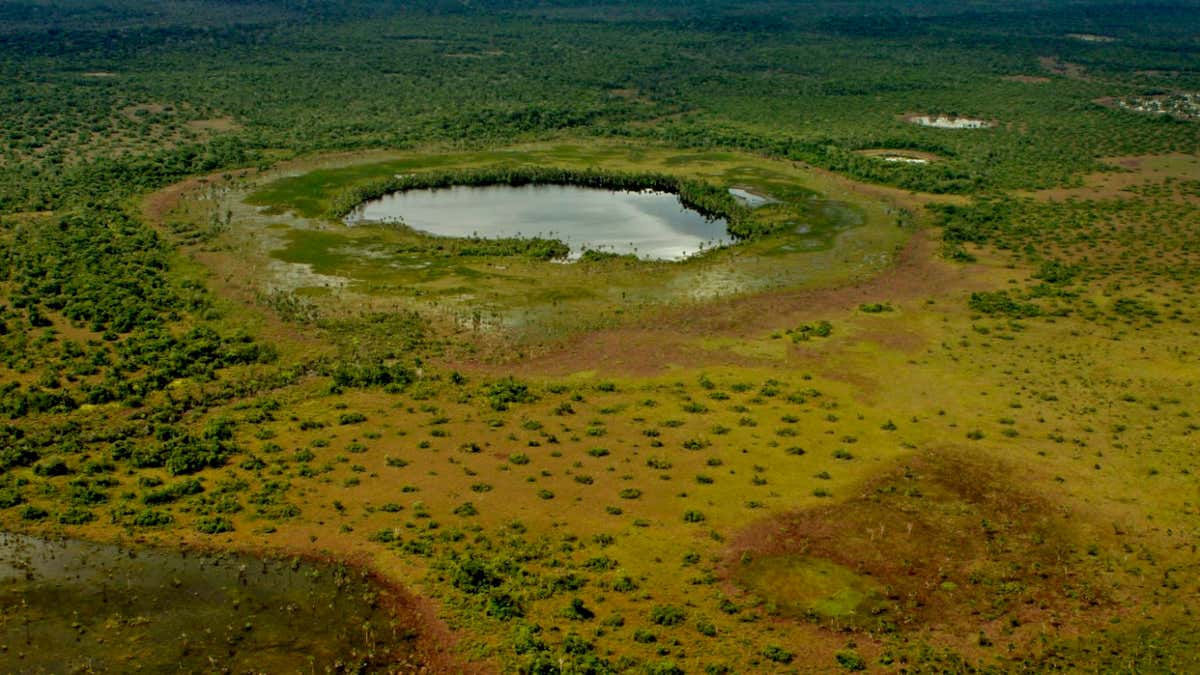Dark Earth Soils: A Hidden Carbon Sink in the Amazon
Nutrient-rich “dark earth” soil may store an amount of carbon nearly equivalent to annual CO2 emissions in the US
The Amazon rainforest, known as the “lungs of the Earth,” plays a vital role in regulating Earth’s atmosphere and climate by absorbing vast amounts of carbon dioxide (CO2). Scientists have long recognized the importance of the rainforest’s above-ground biomass, including its towering trees, in these processes.
But a team of researchers from several institutions, including the University of Exeter, the University of Brasília, and the Woods Hole Research Center, has recently discovered that the Amazon rainforest also stores significant amounts of carbon in its soil. This discovery suggests that the rainforest’s role in mitigating climate change may be even more significant than previously thought.
The researchers focused on a type of soil known as “terra preta” or “dark earth.” Dark earth is found in patches throughout the Amazon rainforest and is characterized by its dark color and high fertility. It is thought to have been created by Indigenous communities over centuries through the practice of “biocharring,” in which they burned plant matter and added the resulting charcoal to the soil.
The researchers collected soil samples from 104 sites across the Amazon rainforest, including areas with dark earth and areas with typical rainforest soil. They found that the dark earth soils contained significantly more carbon than the typical rainforest soils. On average, the dark earth soils contained about 12% carbon, compared to about 6% carbon in the typical rainforest soils.
The researchers estimate that the dark earth soils in the Amazon rainforest store a total of about 80 billion tonnes of carbon. This is equivalent to about 10 years of global CO2 emissions from fossil fuels.
The discovery of these vast carbon stores in the Amazon rainforest’s dark earth soils highlights the importance of protecting these areas. Deforestation and other land-use changes can release the stored carbon back into the atmosphere, contributing to climate change.
The researchers hope that their findings will help raise awareness of the importance of dark earth soils and lead to policies that protect these valuable ecosystems.
Additional Information about Dark Earth Soils
Dark earth soils are typically found in areas that were once inhabited by Indigenous communities. These communities used a variety of methods to create dark earth soils, including:
- Slash and burn agriculture: Indigenous communities would clear areas of rainforest by burning the vegetation. The resulting ash and charcoal were then incorporated into the soil.
- Composting: Indigenous communities would also compost organic waste, such as food scraps and animal manure, and add it to the soil.
- Biocharring: Indigenous communities would burn organic matter in a controlled manner to produce charcoal. The charcoal was then added to the soil.
Dark earth soils are highly fertile and can support a wide variety of crops. They are also more resistant to erosion than typical rainforest soils.
The discovery of these vast carbon stores in the Amazon rainforest’s dark earth soils highlights the importance of protecting these areas. Deforestation and other land-use changes can release the stored carbon back into the atmosphere, contributing to climate change.
The researchers hope that their findings will help raise awareness of the importance of dark earth soils and lead to policies that protect these valuable ecosystems.



